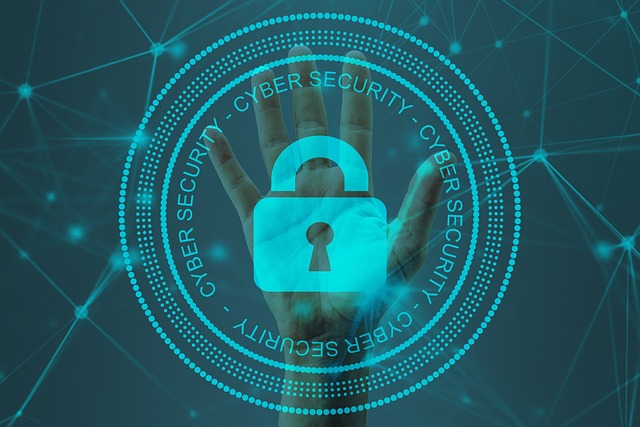
Advanced IT Strategies for Achieving Robust Information Security in Hardware
Enhancing Information Security in Hardware
In today’s digitally-driven world, the significance of information security cannot be overstated. As organizations increasingly rely on technology, the hardware that supports their operations becomes a critical focal point for securing sensitive data against evolving threats. IT professionals and organizations must adopt advanced strategies to fortify their hardware systems, ensuring that information security is a top priority.
Understanding the Hardware Security Threat Landscape
Hardware vulnerabilities pose unique challenges that software alone cannot address. From firmware exploits to physical tampering, the range of threats is vast and continuously evolving. As technology progresses, so do the tactics employed by cybercriminals, necessitating an informed approach to information security focused on hardware.
Integrating Advanced Encryption Technologies
One of the keys to achieving robust information security in hardware lies in integrating advanced encryption technologies. Hardware-based encryption solutions, such as self-encrypting drives (SEDs) and trusted platform modules (TPMs), provide an extra layer of protection. These tools ensure that sensitive information remains secure, even if the physical device is compromised.
Implementing Strong Access Control Mechanisms
Access control is another vital area where organizations can bolster their hardware security. Employing multi-factor authentication (MFA) and role-based access controls (RBAC) helps ensure that only authorized personnel can access critical systems. This not only protects the data but also creates a clear audit trail for accountability.
Regular Firmware and Software Updates
Keeping firmware and software up-to-date is essential for maintaining robust information security. Cyber attackers often exploit known vulnerabilities; thus, regular updates and patches help shield hardware from potential threats. Implementing automated update systems can streamline this process, ensuring that security measures are always current.
Physical Security Measures
While digital defenses are paramount, physical security should not be overlooked. Organizations should consider employing surveillance cameras, access control systems, and secure storage for hardware components. In doing so, companies create a more holistic approach to protecting their information assets.
Conducting Regular Security Audits and Risk Assessments
To gauge the effectiveness of existing security measures, organizations must conduct regular security audits and risk assessments. These assessments can reveal vulnerabilities in hardware systems, helping IT teams formulate strategies for improvement. Moreover, staying informed about industry standards and compliance regulations fosters an environment that prioritizes information security.
Creating a Culture of Awareness
Information security is not solely an IT responsibility; it requires a collective effort within an organization. Establishing a culture of security awareness through training and education initiatives can empower employees to recognize threats and act accordingly. By promoting best practices, organizations can transform their workforce into an essential line of defense against cyber threats.
As the landscape of information technology continues to evolve, so too must our approaches to securing hardware. Embracing these advanced strategies provides organizations with the resilience needed to protect their valuable information assets in an increasingly complex digital world.



